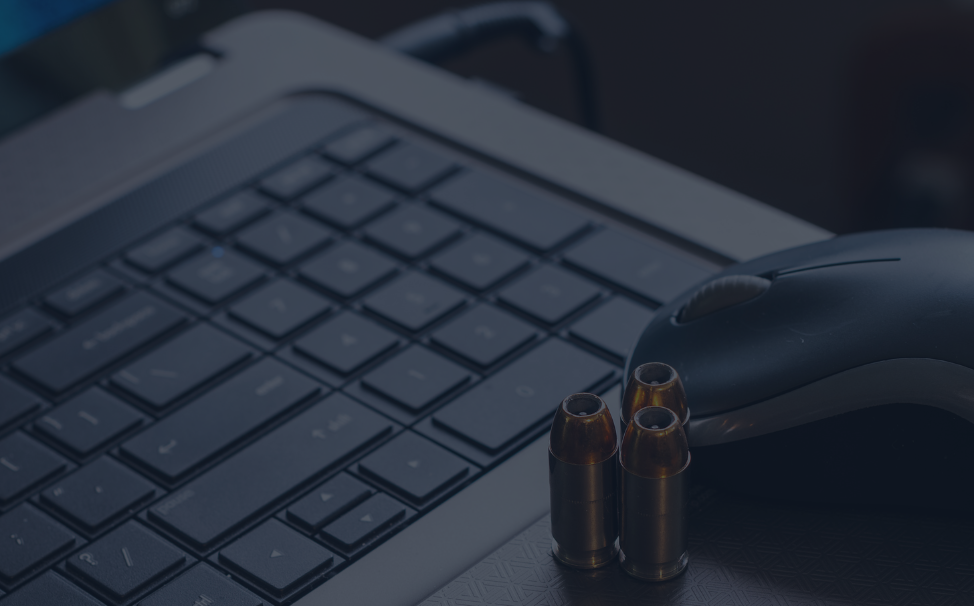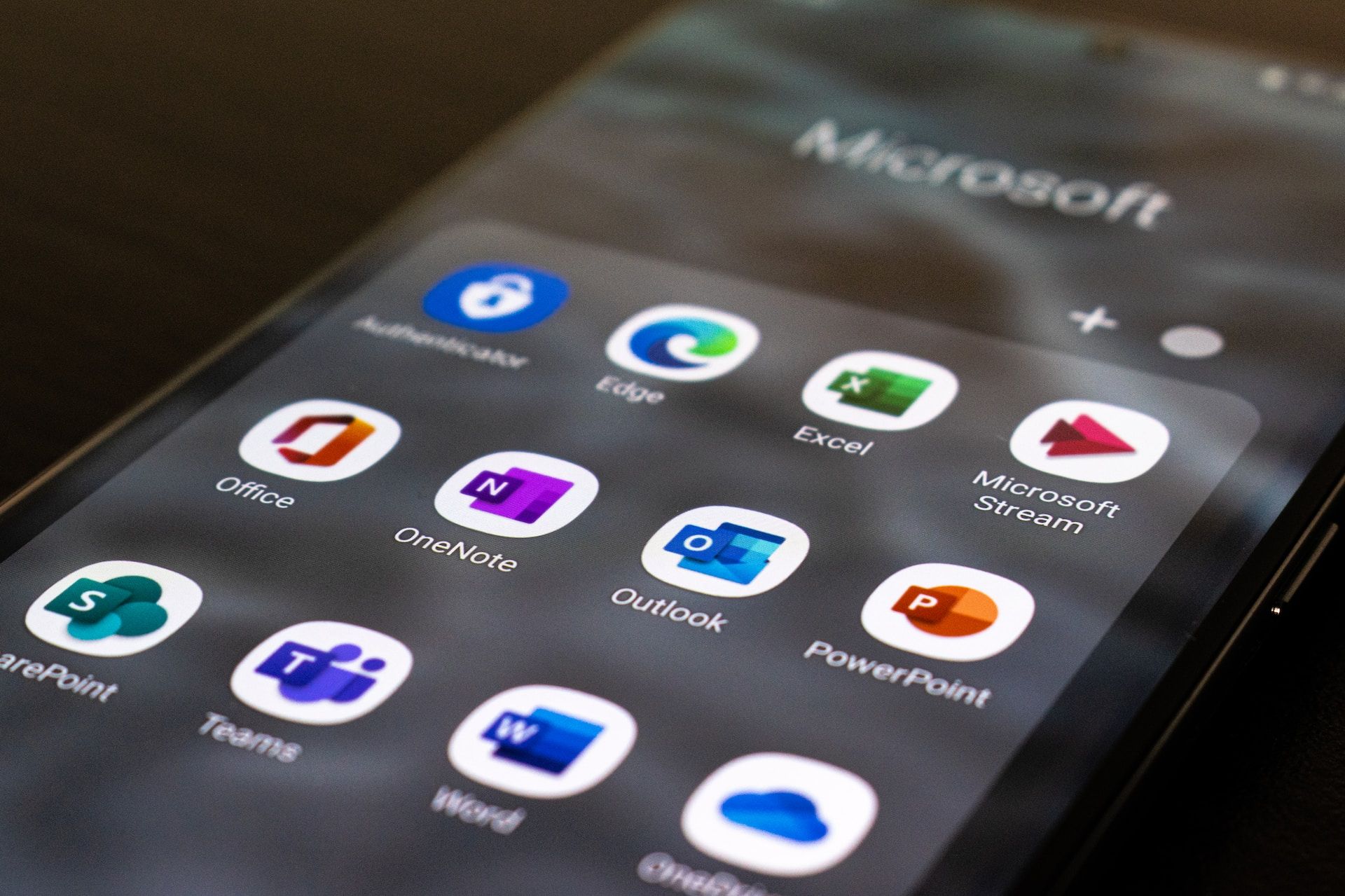The Future of the Paperback Book
rjmccray
With the latest development of eReaders and tablets many people believe it could spell the end of the paperback book. The most popular “ePaper” technology used today is called electrophoretic – an electric charge is used to arrange titanium dioxide particles – and the Sony Reader, Barnes & Noble’s Nook, and the Kindle all use this version. From what I’ve read online there are more than a dozen other technologies available, but the most popular eBooks I’ve looked at all use this technology.
Some popular facts that about eReaders:
- The Apple Newton, which came out in 1993 came was envisioned as a device for reading books.
- Waterstone’s sells an ebook every 90 seconds; and its fastest selling ebook is Dan Brown’s The Lost Symbol
- One crucial part of the e-book library is Project Gutenberg, started by Michael S Hart in 1971 to make uncopyrighted texts available to as wide an audience as possible: the first document he digitised for that was the United States Declaration of Independence.
- One unexpected side-effect of the eReader is a rise in the sales of erotic fiction, because it gives anonymity by doing away with the shaming, give-away dust-jackets.
- The e-book is not limited to specific devices: Kindle for iPhone allows users to read Kindle e-books on their iPhones, too.
- The Sony Reader Pocket Edition weighs 220g, and will hold about 350 books. The average novel, however, weighs 340g. That means that an eReader can be the equivalent of 119kg worth of books, which is roughly two sets of the Encyclopaedia Britannica.
- Google’s controversial Books project – digitising 1.5 million texts and making them freely available – is available online and as an iPhone App. Visit books.google.com/m.
- On Christmas Day 2009, more e-books were sold on Amazon than print editions.
Although it is still a relatively small market a recent Pew Research Center survey found eReaders in 12% of American households in May 2011 (up from 6% in November 2010) with tablets in 8% of homes. This may seem like a small percentage compared to mobile phones and ipods; it is worth noting that both the eReader and tablet markets are still relatively new; the 2nd generation iPad is less than a year old.
While digital will never be suitable for all books, if the “enhanced” bestsellers find success in digital app stores rather than on the shelves of high street booksellers then the repercussions on the publishing world will likely be widespread. With retail print sales being lost to Amazon, and print sales being lost to eBooks, the impact of virtual books could have a lasting financial effect on the local bookstore.
If you find this post interesting please read a previous post written by PJ during the last blog contest titled College Textbooks Going Digital.











